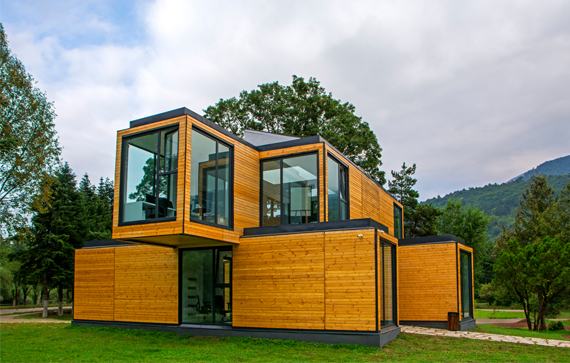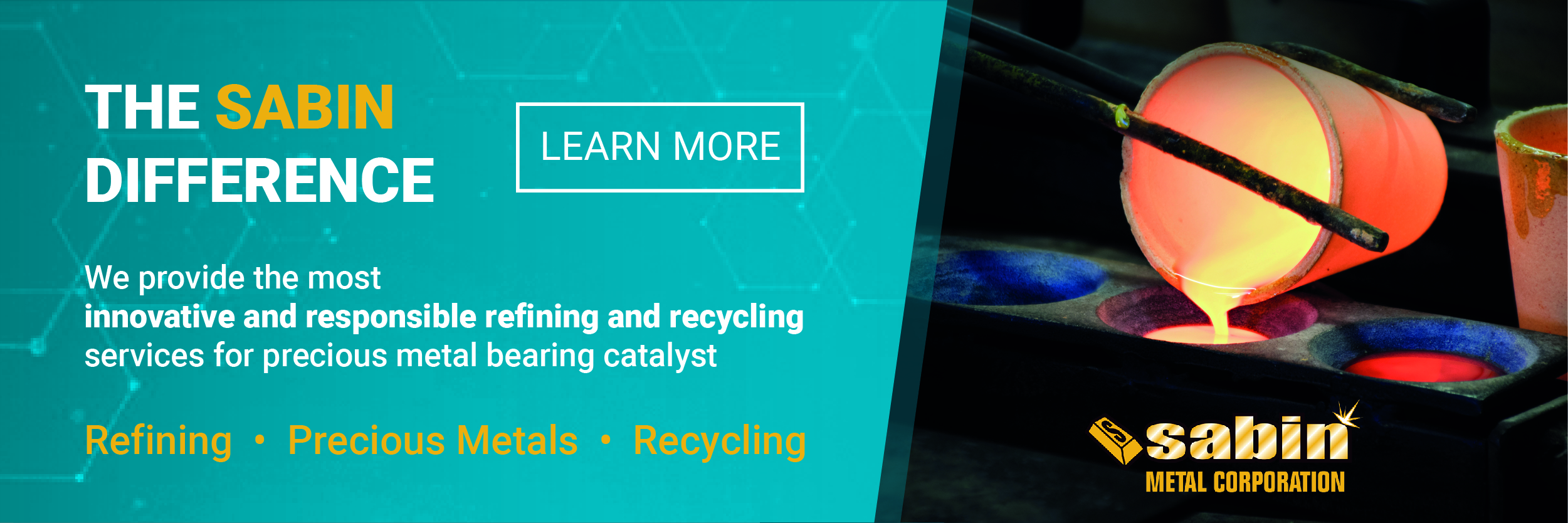Materials Science
Living 'lagom' for sustainability and balance 20th April 2019
By Clariant Specialty Chemicals
After becoming both a buzzword and a global lifestyle phenomenon, by now, most of us probably know about the Danish concept

After becoming both a buzzword and a global lifestyle phenomenon, by now, most of us probably know about the Danish concept of hygge, an idea all about comfort, contentment and coziness. But, as we settle into 2019, move over hygge and enter lagom, another Nordic concept that is increasingly being associated with sustainability at home and in the nature around us.
The Swedish word lagom can have different meanings but is often described as finding a comfortable, balanced and manageable way to do things or “not too little, not too much, just right.” And, when it comes to interior or garden design, this ethos hits the sweet spot of several of 2019’s biggest home decorating and gardening trends, all centred around sustainability.
We all want the spaces and rooms in our homes to be welcoming, embracing and a joy to live in and, nowadays, for constantly increasing numbers of us, that goes beyond colours, materials and ambiance. One of the top interior design trends of 2019 is sustainability, whether that means less is more, whether it’s about the strategic and purposeful use of ecologic or low impact materials or, for example, just consciously avoiding single use plastics. This focus on sustainability has also driven another of 2019’s design trends – a growing preference for earthy tones and natural materials, particularly timber that is sustainably sourced, for wooden flooring and bespoke, nature-inspired furniture.
Many designers see 2019 as the year that sustainable design will start to scale-up and be accessible to a broad public, a sentiment that Director of Lifestyle and Interiors at trend forecaster WGSN, Lisa White, sees as part of a wider eco-consicious trend, “Sustainability is finally starting to scale, and is not just for liberal do-gooders or eco-conscious warriors.” Helping to drive this change are millenials. A survey conducted by the Conference Board® Global Consumer Confidence in collaboration with Nielsen found that millennials are more likely than Baby Boomers (53% vs. 34%) to forgo a brand in order to buy products that are environmentally friendly. Plus, nearly half (48%) of U.S. consumers say they would definitely or probably change their consumption habits to reduce their impact on the environment.
This is a trend reflected outside our homes too, with the past few years seeing the shifting consciousness of gardeners to embrace the concept of lagom, through the importance of valuing and protecting nature and the need for sustainability in a world of finite resources. As with interior design materials, gardeners are increasingly making conscious product and plant choices as they look to create authentic, ecological, ethical and value-added spaces.
The UK’s Society of Garden Designers says that a key 2019 trend is to design and develop gardens that will respond to climate change impacts and contribute to healthy and eco-friendly living spaces. More broadly this is part of the focus on the right materials rather than materialism, for example using naturally authentic timber and metal furniture, gates, railings, choosing native, climate and water resiliant plants and shrubs, or deliberately ensuring the use of certified and eco-friendly products.
As a responsible and innovative specialty chemical company, Clariant has long been at the forefront of industry sustainability, recognising the need to not only respond to these trends and consumer demands, but to lead them. Clariant’s latest innovations and its development of more and more eco-labelled products shows that we can all move towards creating healthier homes and outdoor spaces, be in vogue at the same time, and give back to our planet to help nature continue to nurture us.
Whilst it is the Swedish word ‘lagom’ that has entered the global lexicon, similar phrases and concepts exist in Russian, ancient Greek, Arabic and even Thai, showing it’s a truly universal idea. And it needs to be. Sustainability is for, and about, us all because we all share the same planet. We can all make small and big differences every day if we start living lagom.
Find out more about Clariant’s DispersogenSP Plus, a biocide and VOC/SVOC1-free 2-in-1 additive, accepted under Blue Angel certification of indoor wall paints, one of the most stringent ecolabels; Clariant’s New Ceridust 1060 TP,is a 100% renewable natural wax additive, based on non-food competing resources and Licocene PE MA 4351,all products that will help to create truly sustainable spaces.
Dispersogen, Ceridust and Licocene are registered trademarks of Clariant Specialty Chemicals.
This article was first published at Clariant.com and is republished here with the kind permission of Clariant Specialty Chemicals.



